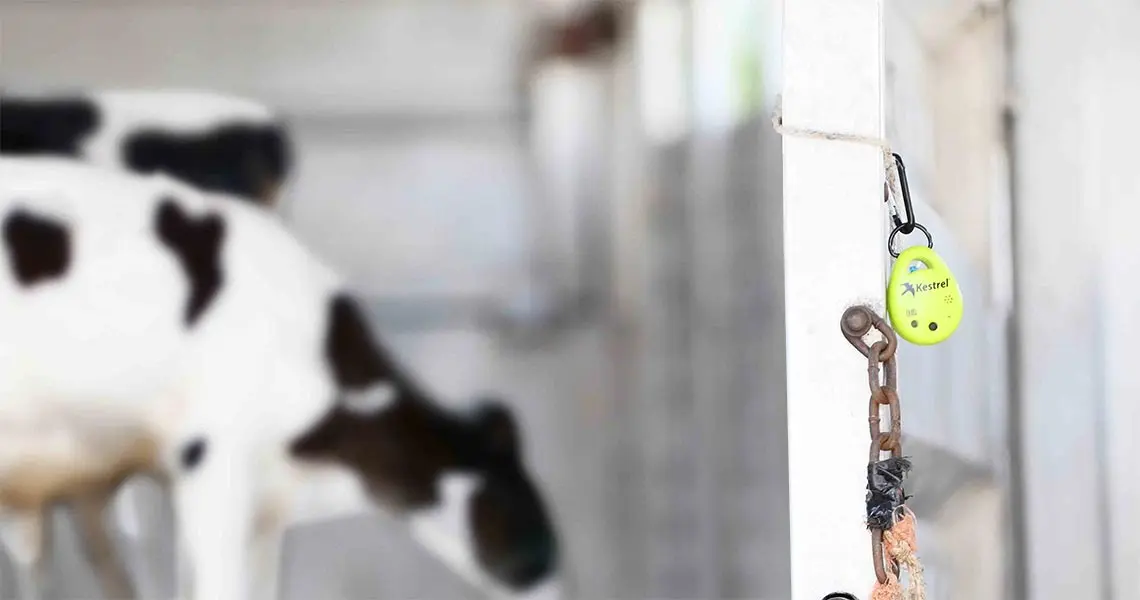July 10, 2025
“When should you consider a fungicide application in soybeans?”
Fungicide applications in soybeans can be a valuable tool for preserving plant health and maximizing yield—especially in high-yielding environments or fields with a history of disease pressure. The goal is to protect the plant during critical growth stages, primarily from R2 (full flower) to R3 (early pod set), when soybeans are most vulnerable to disease.
Common soybean diseases targeted by fungicides include:
- Septoria brown spot
- Frogeye leaf spot
- White mould
- Anthracnose
Benefits of using fungicide in soybeans:
- Improved plant health and standability
- Protection during key reproductive stages
- Potential for increased yield in favourable conditions
Tips for maximizing ROI:
- Scout fields early to identify disease risk
- Prioritize fields with dense canopies, history of disease, or high fertility
- Apply fungicide at the right timing (R2–R3) using proper coverage
Fungicide isn’t always necessary, but in the right conditions, it can be a cost-effective addition to your soybean management plan. Always consider your field history, weather conditions, and economic thresholds before making a decision.

If you have any questions, please contact your crops representative, they will be able to determine the best course of action for your situation. Contact them today.




